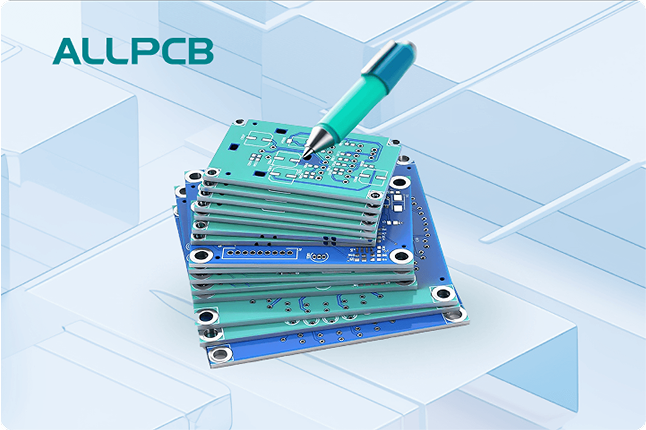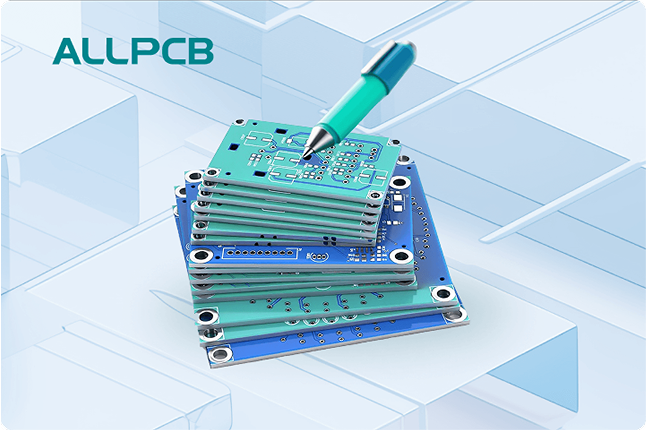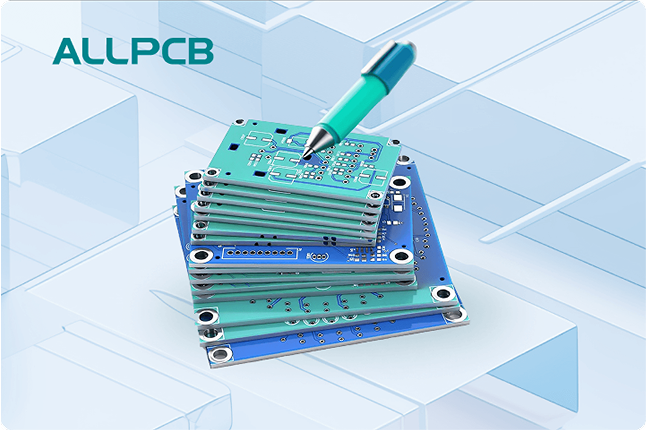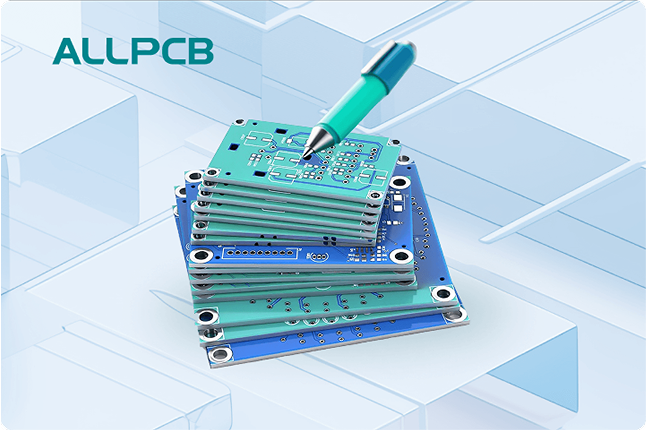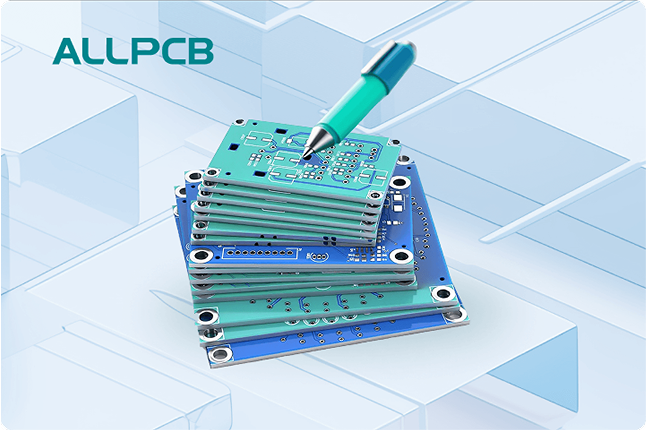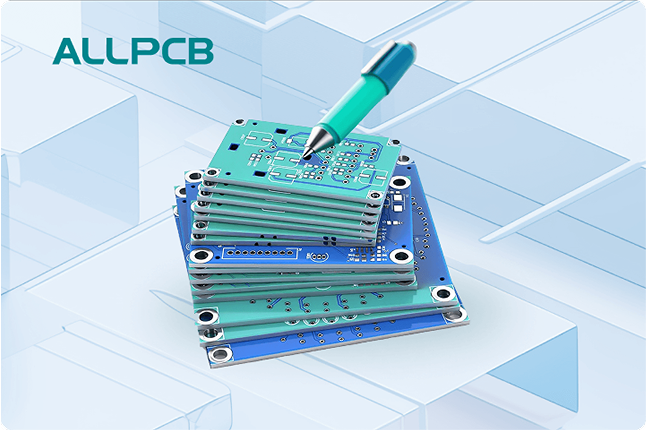In the world of high-speed electronics, ensuring signal integrity is crucial. One of the key factors in achieving this is PCB impedance control. But what exactly is the PCB impedance control workflow, and how does it fit into the impedance control design process or PCB manufacturing impedance requirements? Simply put, impedance control involves designing and manufacturing printed circuit boards (PCBs) to maintain specific electrical characteristics, ensuring signals travel without distortion or loss. This blog dives deep into the complete journey of impedance control—from design to manufacturing—covering every step of the impedance control PCB manufacturing process and providing actionable insights for engineers and designers.
Whether you're working on high-speed digital circuits or RF applications, understanding PCB design to manufacturing impedance is essential for creating reliable and efficient products. Let’s explore this workflow in detail to help you master the process and achieve precision in your designs.
What Is PCB Impedance Control and Why Does It Matter?
Impedance control in PCBs refers to the practice of designing and manufacturing circuit boards to maintain a specific electrical impedance for signal traces. Impedance, measured in ohms, is the resistance to the flow of alternating current in a circuit. In high-speed designs, mismatched impedance can lead to signal reflections, data loss, and electromagnetic interference (EMI), all of which degrade performance.
For example, in applications like USB, HDMI, or LTE systems, a common target impedance is 50 ohms for single-ended traces or 100 ohms for differential pairs. Without proper control, signals can distort, leading to errors or complete system failure. Impedance control is especially critical in industries like telecommunications, automotive, and medical devices, where precision and reliability are non-negotiable.
By following a structured impedance control design process, designers ensure that signals maintain integrity from the source to the destination. This not only improves performance but also reduces costly redesigns during PCB manufacturing impedance testing phases.
The Importance of Impedance Control in High-Speed PCB Designs
High-speed PCBs operate at frequencies where even small variations in impedance can cause significant issues. For instance, at frequencies above 100 MHz, signal wavelengths become comparable to trace lengths, making impedance mismatches more noticeable. This can result in signal delays or reflections that disrupt data transmission.
In modern electronics, where operating frequencies often reach into the gigahertz (GHz) range, impedance control PCB manufacturing becomes a critical step. Without it, you risk:
- Signal Loss: Mismatched impedance causes energy loss as signals reflect back instead of reaching their destination.
- EMI Issues: Uncontrolled impedance can generate noise, interfering with nearby components or systems.
- Data Errors: In digital systems, impedance mismatches can corrupt data, leading to system crashes or unreliable performance.
By prioritizing impedance control throughout the PCB design to manufacturing impedance workflow, you can avoid these pitfalls and ensure your product meets performance standards.
Step 1: Understanding Impedance Control in the Design Phase
The impedance control design process begins long before manufacturing. It starts with careful planning and simulation during the design phase. Here’s how to approach it:
1.1 Define Impedance Requirements
First, identify the target impedance for your critical traces. Common values include 50 ohms for single-ended signals and 90-100 ohms for differential pairs in high-speed applications like DDR memory or Ethernet. Refer to industry standards or component datasheets to determine the exact requirements for your design.
1.2 Select Materials and Stack-Up
The choice of PCB materials and layer stack-up directly impacts impedance. Dielectric materials like FR-4 have a specific dielectric constant (Dk), typically around 4.2-4.5, which affects signal speed and impedance. For high-frequency designs, low-loss materials with a Dk of 3.0-3.5 may be necessary.
Work with your manufacturer to define the stack-up, including layer thickness and copper weight (usually 1 oz or 2 oz per square foot). A well-planned stack-up ensures consistent impedance across the board.
1.3 Calculate Trace Geometry
Trace width, spacing, and thickness play a major role in determining impedance. Use impedance calculators or simulation tools to find the right dimensions. For example, a 50-ohm trace on a standard FR-4 substrate might require a width of 6-8 mils (0.006-0.008 inches) with a specific spacing from the ground plane.
Remember to aim for slightly wider traces during calculations. If a manufacturer needs to adjust trace width during production to meet impedance targets, wider traces offer more flexibility than narrower ones, avoiding complications or increased costs.
Step 2: Simulation and Validation Before Manufacturing
Once the initial design is complete, simulation and validation are critical steps in the PCB impedance control workflow. These steps help catch issues before sending the design for fabrication.
2.1 Perform Impedance Simulations
Use design software with built-in impedance simulation tools to model how signals will behave on your PCB. These tools analyze trace geometry, material properties, and stack-up to predict impedance values. Compare the results against your target values and adjust the design if needed.
2.2 Prototype and Test
Before full-scale production, create a prototype board and test it for impedance using tools like a Time Domain Reflectometer (TDR). A TDR measures impedance along a trace and identifies mismatches or discontinuities. For instance, if a trace shows a sudden spike from 50 ohms to 60 ohms, it indicates a design or material issue that needs correction.
Testing at this stage saves time and money by ensuring the design meets specifications before moving to PCB manufacturing impedance processes.
Step 3: Communicating Impedance Requirements to Manufacturers
Clear communication during the impedance control PCB manufacturing phase is essential for success. Manufacturers need detailed information to ensure the board is built to spec. Here’s how to prepare:
3.1 Provide Detailed Documentation
Include impedance requirements in your design files and fabrication notes. Specify target values (e.g., 50 ohms ±10%), critical traces, stack-up details, and material preferences. Clearly mark which nets require impedance control to avoid confusion during production.
3.2 Discuss Tolerances
Impedance tolerances typically range from ±5% to ±10%, depending on the application. Tighter tolerances (e.g., ±5%) may increase costs due to stricter manufacturing controls, so balance performance needs with budget constraints. Discuss these tolerances with your manufacturer to set realistic expectations.
3.3 Request First Article Inspection (FAI)
Ask for a first article inspection before full production. This involves producing a small batch of boards and testing them for impedance. If the results match your specifications, you can proceed with confidence. If not, adjustments can be made to the process parameters.
Step 4: Impedance Control During PCB Manufacturing
The PCB manufacturing impedance phase is where design meets reality. Manufacturers use specialized techniques to ensure the board meets your impedance requirements. Here’s what happens behind the scenes:
4.1 Material and Process Control
Manufacturers carefully control material properties and etching processes to achieve the desired trace geometry. For instance, variations in dielectric thickness or copper etching can alter impedance, so they monitor these factors closely.
4.2 Impedance Testing in Production
During production, random samples are tested for impedance using equipment like TDR or vector network analyzers (VNA). These tests confirm that traces fall within the specified tolerance range. If a batch fails, adjustments are made to the process, such as tweaking trace widths or dielectric spacing.
4.3 Final Inspection
Before shipping, a final round of impedance testing is conducted on finished boards. This ensures that every unit meets the required standards, providing peace of mind for high-stakes applications.
Step 5: Post-Manufacturing Validation and Troubleshooting
Even after manufacturing, the PCB impedance control workflow isn’t complete until the boards are validated in their intended application. Here’s how to finalize the process:
5.1 Functional Testing
Integrate the PCB into your system and test its performance under real-world conditions. Monitor for signal integrity issues, such as jitter or data errors, which could indicate impedance mismatches.
5.2 Troubleshooting Issues
If problems arise, use diagnostic tools to pinpoint the cause. For example, if a 50-ohm trace measures 55 ohms in a critical area, it may require a design revision or material change for future batches. Collaborate with your manufacturer to identify and resolve the root cause.
Best Practices for a Smooth PCB Impedance Control Workflow
To ensure success throughout the PCB design to manufacturing impedance process, follow these best practices:
- Start Early: Incorporate impedance control from the initial design phase to avoid costly rework later.
- Collaborate Closely: Work with your manufacturer to align on materials, tolerances, and testing methods.
- Use Simulation Tools: Leverage software to predict and refine impedance before fabrication.
- Document Thoroughly: Provide clear, detailed notes to avoid miscommunication during production.
- Test at Every Stage: Validate impedance during design, prototyping, manufacturing, and post-production to catch issues early.
Common Challenges in Impedance Control PCB Manufacturing
Despite best efforts, challenges can arise in the impedance control design process. Here are a few common issues and how to address them:
- Material Variations: Dielectric constants can vary between batches, affecting impedance. Specify tight material tolerances or work with trusted suppliers to minimize variations.
- Trace Etching Errors: Over- or under-etching can alter trace width. Choose manufacturers with advanced process controls to ensure precision.
- Cost Constraints: Tighter impedance tolerances often increase costs. Balance performance needs with budget by prioritizing critical nets for strict control.
Conclusion: Mastering PCB Impedance Control for Reliable Designs
Mastering the PCB impedance control workflow is a game-changer for engineers working on high-speed electronics. From the initial impedance control design process to the final stages of PCB manufacturing impedance testing, each step plays a vital role in ensuring signal integrity and system reliability. By following a structured approach—defining requirements, simulating designs, communicating clearly with manufacturers, and validating results—you can achieve precision in your projects and avoid common pitfalls.
At every stage of PCB design to manufacturing impedance, attention to detail is key. Whether you're designing for telecommunications, automotive systems, or consumer electronics, a well-executed impedance control PCB manufacturing process will set your product apart in terms of performance and reliability. Use the insights and best practices shared in this guide to streamline your workflow and deliver exceptional results.
 ALLPCB
ALLPCB


